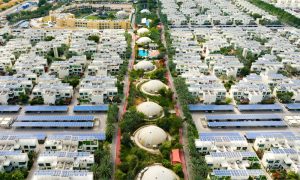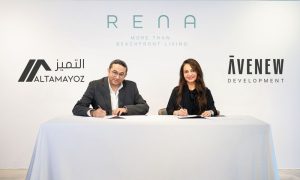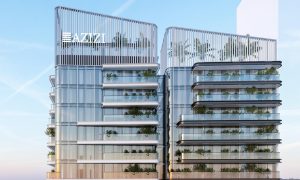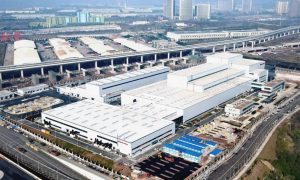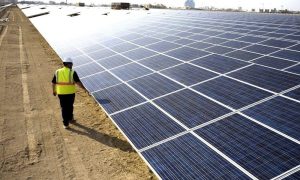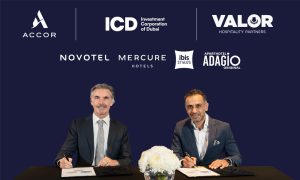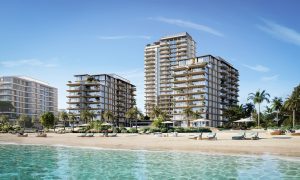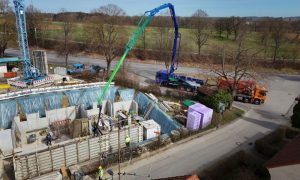Gensler identifies key development trends in 2025 Design Forecast Report
Gensler’s 2025 Design Forecast reveals trends shaping urban transformation and key factors influencing the future of the built environment
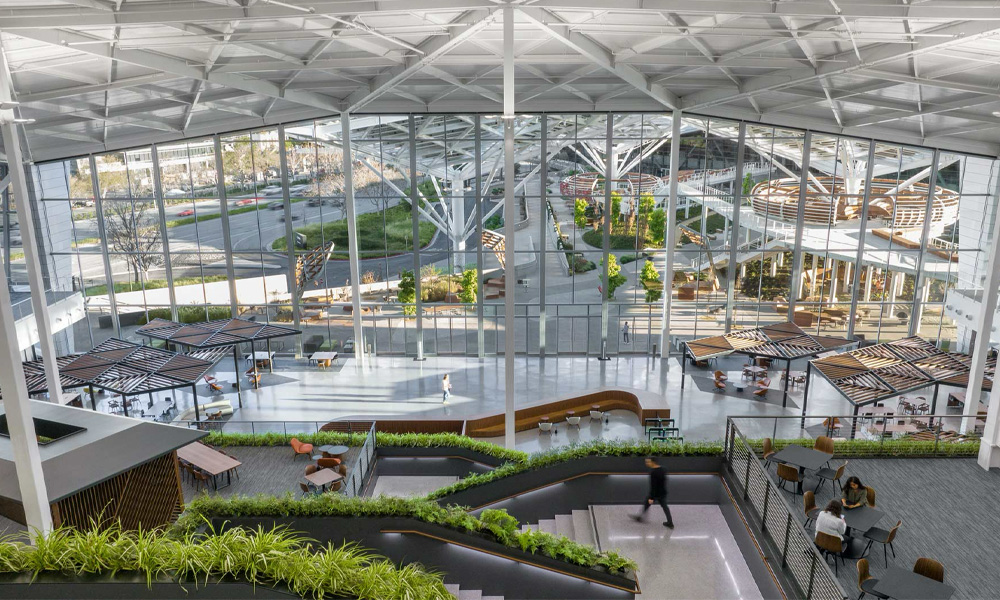
Gensler has published its 2025 Design Forecast Report and identified design trends that will impact the real estate and built environment in 2025, emphasising a new age of city centre design that is human-centered to include adaptable spaces.
With forward-thinking research and strategic advice, the trend report empowers clients and industry partners to tackle today’s critical challenges and create a positive impact in their communities, said a statement from the firm.
“This year’s Design Forecast demonstrates how bold, visionary design can address global challenges and make a tangible impact. We are at a transformative moment in our industry, one that demands groundbreaking ideas and innovative solutions to enhance the human experience. Looking ahead, we are optimistic about design’s potential to shape a sustainable future that inspires and positively impacts people in meaningful ways,” said Tim Martin and Tariq Sheikh, Co-Regional Managing Directors and Principals at Gensler Middle East.
The report highlights five key trends shaping the future of cities, the global surge in sustainable design, and what is driving the built environment across the Middle East in 2025:
- Experience-driven lifestyle districts reignite global cities – Mixed use lifestyle and entertainment districts will take centre stage in 2025 as the new anchors for cities looking to drive community engagement and bring people together around visceral shared experiences. Hospitality, retail, sports, and residential spaces make up the mix of these experience-driven areas, the rise of which is also driving demand for safe streets and reliable transit options
- Demand for sustainable design supercharges innovation and value – The sustainable surge is also driving demand for game-changing innovations in construction processes and the materials industry. Adaptive reuse of old buildings, energy-efficient designs, weather-scenario planning, and other green techniques are anticipating local climate challenges, while reducing waste and carbon emissions. Solutions such low- or no-carbon interior finishes and furnishings, and zero-carbon cement are leading the materials revolution

- Deeply discounted buildings drive a conversion boom: As the cost of capital comes down, 2025 will usher in a new financial environment that will inspire developers to seek out creative conversions of all types. Specifically the Middle East region is expected to see conversion from hospitality to healthcare, sports to retail, office to residential and more
- The workplace of the future has arrived: In 2025, tenants will continue to search for workplace experiences that motivate employees and meet their professional aspirations. Class A buildings close to transit and within the 20-minute lifestyle mix. In Abu Dhabi, Gensler’s design for a cybersecurity firm applies urban design principles to create a multi-functional workspace
- Luxury housing meets growing demand: Attainable market-rate housing becomes the number one priority for cities around the world in 2025 as new financial incentives and lowering interest rates converge with changes to zoning laws and building codes to create an attractive market for housing developments of all types
- Mixed-income developments gaining traction, with affordable housing projects balancing rapid urban expansion in cities like Riyadh and Jeddah. These initiatives aim to address the needs of a growing middle class, while supporting government ambitions to improve homeownership rates. The integration of smart city concepts, cultural heritage preservation, and green infrastructure is redefining housing in the Kingdom, aligning with its aspirations for a more sustainable urban future
As cities worldwide face evolving challenges, Gensler’s 2025 Design Forecast offers a blueprint for building adaptable, sustainable environments that put people at the center. By advancing adaptive reuse, setting new standards in sustainable materials, and mixed housing solutions, the global teams are re-imagining how design can shape the vibrant, flexible communities of tomorrow, the statement outlined.

